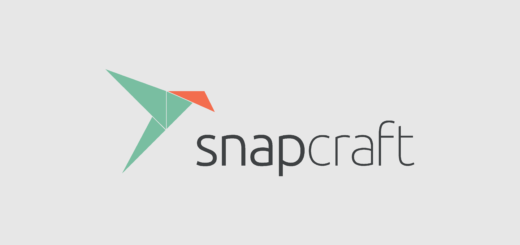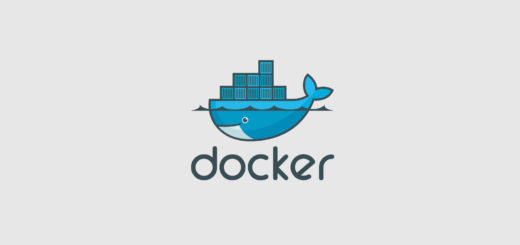OpenStack Queens: OS turns 17, HPC, containers and Edge

OpenStack is now seventeen years old. OpenStack Queens is the seventeenth release of OpenStack, released on 28th February 2018. With machine-learning, containers and edge computing in mind, this release aims to recover from the bad period the whole project has been into for some years.
OpenStack Queens, the 17th version of the most widely deployed open source cloud infrastructure software, offers a packed release with advancements benefiting not only enterprises with mission-critical workloads but also organizations investing in emerging use cases like containers, NFV, edge computing and machine learning.
Support for vGPU
The most important feature of OpenStack Queens is the support for vGPU without a doubt. With the ever-growing machine-learning/AI trend, vGPUs are the essential resource any related workload needs. With the newest release, Nova is able to fine-schedule vGPUs between virtual machines. Each GPU is composed of hundreds, thousands, cores. The ability to split a workload and assign an arbitrary amount of such cores to it is now possible with both nVidia and Intel GPUs.
Zun: containers without headaches
The second important feature is Zun. Zun is not exactly a new project and has been under OpenStack for a long time now. The main purpose of Zun is to enable users to leverage the simplicity and the lightness of containers without setting up complicated environments such as Kubernetes. Although Zun doesn’t use Kubernetes under the hood, the Zun team is working on a Kubernetes integration.
Zun containers are OpenStack-like resources, just like Nova VMs you have Zun Containers. The difference with another key project, Magnum, lies in the fact that the Zun provides API to manage containers, while Magnum provides API to control orchestration solutions such as Kubernetes.
Kuryr: OpenStack-native networking to Docker
Kuryr is a Docker network plugin that uses Neutron to provide networking services to Docker containers. It provides containerised images for the common Neutron plugins.
Continuing the containerization trend, OpenStack finally has a way to provide its powerful (and complex) networking features to containers, more specifically Docker containers.
Cyborg: High availability
Cyborg, a framework for managing hardware and software acceleration resources such as GPU, FPGA, CryptoCards and DPDK/SPDK, debuts in the Queens release. Acceleration has become a necessity rather than an option, particularly for telcos with NFV workloads. With Cyborg, operators can list, identify and discover accelerators, attach and detach accelerators to an instance, and install and uninstall drives. It can be used standalone or in conjunction with Nova or Ironic.
Following the vGPU addition, Cyborg aims to provide hardware/software acceleration resources, mostly FPGA, within OpenStack for machines to consume.
OpenStack Queens lives on the Edge with Helm
Edge computing is “the next big thing” after cloud computing, it is clear that this scenario is only possible with container technologies such as Docker and Kubernetes. Helm is a package manager for Kubernetes.
Helm is the best way to find, share, and use software built for Kubernetes.
OpenStack Helm is the OpenStack project that aims to bring Helm in OpenStack to better manage OpenStack itself, much like OpenStack Ansible. You can find more about OpenStack edge computing here.
Cinder Multi-Attach to provide HA
Cinder Multi-Attach enables operators to attach the same Cinder volume to multiple VMs. If one node goes down, the other takes over and has access to the volume. This redundancy—which supports high availability (HA) for mission critical workloads—is one of the most-requested features in cloud environments and has remained a largely unmet challenge in computing until now.
LOCI, lightweight OpenStack images
Another project making its debut, LOCI makes Open Container Initiative-compatible images of OpenStack services that can be dropped into heavy-weight deployment tools like OpenStack-Helm or used individually to deliver standalone services like Cinder block storage.
The OpenStack LOCI project aims to provide OCI-compatible images of OpenStack services. Along with OpenStack Helm this will help push workloads on the Edge.
Conclusion
Sometimes you can hear rumors that OpenStack is dead, and many people ask the same question all over the Internet every year. Although OpenStack lost the initial momentum that allowed it to become one of the fastest-growing Open Source projects in history, OpenStack is far from dead.
Still, OpenStack use cases are few and complex, hence the adoption of the software is predominant in huge deployments. This release is bringing OpenStack close to the actual needs many organizations have right now. Still, the complexity of OpenStack, the installation, upgrade and day-to-day operations are far too complex and this prevents wide adoption.
The next release, Rocky, aims to partly resolve this complexity by allowing “Fast Forward Upgrades“. These upgrades will allow operators to skip versions of OpenStack and upgrade between major releases. At the moment, if you have a Ocata instance of OpenStack, you can’t directly migrate to Queens, in the future we may see Fast Forward Upgrades as one of the turning points for OpenStack adoption.
- 2020 A year in review for Marksei.com - 30 December 2020
- Red Hat pulls the kill switch on CentOS - 16 December 2020
- OpenZFS 2.0 released: unified ZFS for Linux and BSD - 9 December 2020









Recent Comments